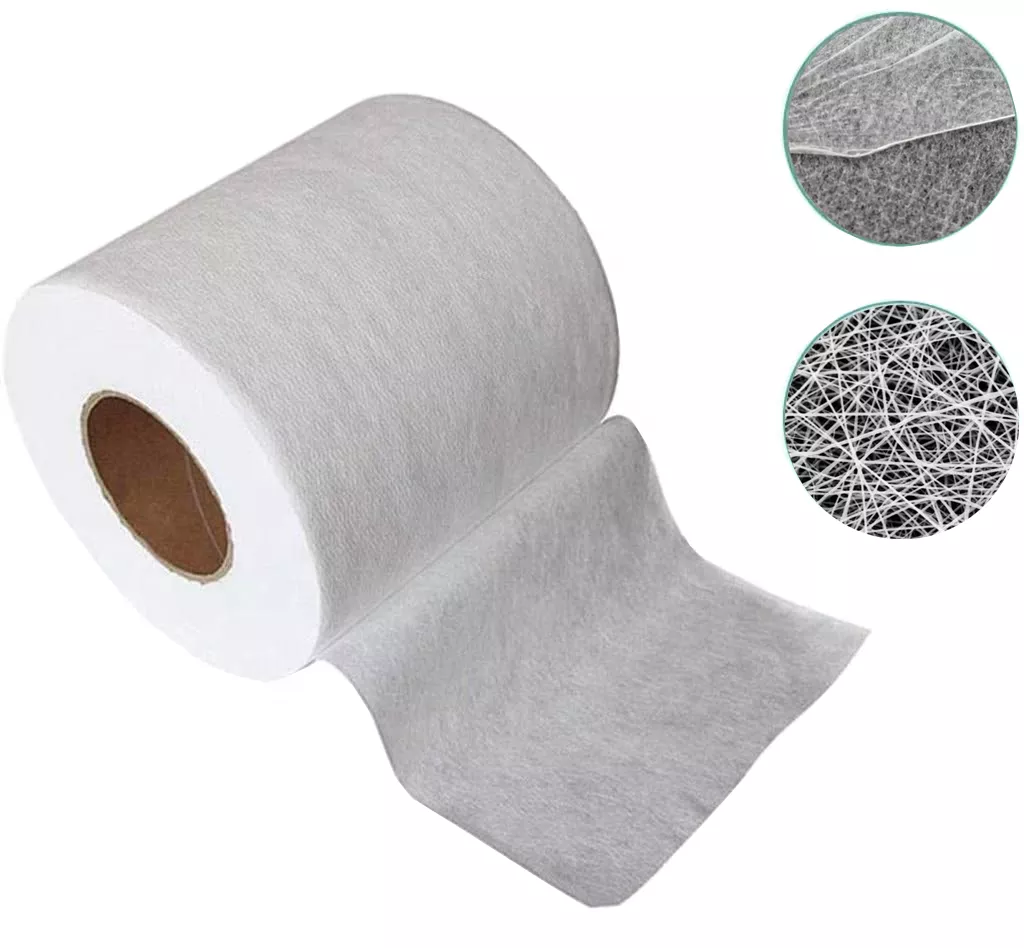Nanofibers can produce safer and more environmentally friendly diapers
According to a new study published in 《 Applied Materials Today 》, A new material made from tiny nanofibres could replace potentially harmful substances used in diapers and hygiene products today.
The paper’s authors, from the Indian Institute of Technology, say their new material has less impact on the environment and is safer than what people use today.
Over the past few decades, disposable diapers, tampons and other sanitary products have used absorbent resins (SAPs) as absorbers.These substances can absorb several times their weight in liquid; The average diaper can absorb 30 times its weight in body fluids. But the material does not biodegrade: under ideal conditions, a diaper can take up to 500 years to degrade. SAPs can also cause health problems like toxic shock syndrome, and they were banned from tampons in the 1980s.
A new material made from electrospun cellulose acetate nanofibers has none of these drawbacks.In their study, the research team analyzed the material, which they believe could replace SAPs currently used in feminine hygiene products.
“It is important to develop safe alternatives to commercially available products, which can cause toxic shock syndrome and other symptoms,”Dr Chandra Sharma, corresponding author of the paper. We suggest eliminating harmful substances used in current commercially available products and non-biodegradable superabsorbent resins on the basis of not changing product performance or even improving its water absorption and comfort.
Nanofibers are long and thin fibers produced by electrospinning. Because of their large surface area, the researchers believe they are more absorbent than existing materials. The material used in commercially available tampons is made of flat, banded fibers about 30 microns behind. Nanofibers, by contrast, are 150 nanometers thick, 200 times thinner than current materials. The material is more comfortable than those used in existing products and leaves less residue after use.
The nanofiber material is also porous (over 90%) versus conventional (80%), so it is more absorbent. One more point can be made: using saline and synthetic urine tests, electrostatic textile fibers are more absorbent than commercially available products. They also tested two versions of the nanofibre material with SAPs, and the results showed that the nanofibre alone worked better.
“Our results show that electrostatic textile nanofibers perform better than commercially available sanitary products in terms of water absorption and comfort, and we believe they are a good candidate to replace harmful substances currently in use,” Dr. Sharma said. “We hope to have a positive impact on human health and the environment through safer use and disposal of sanitary products.
